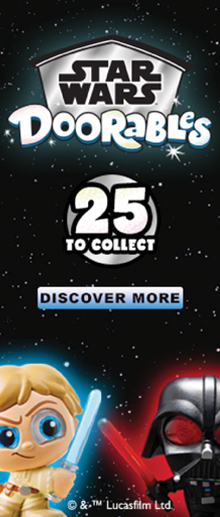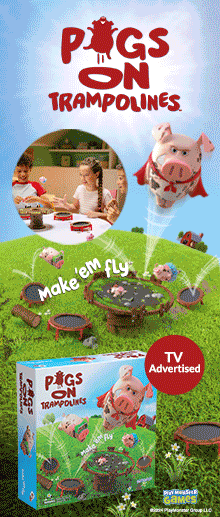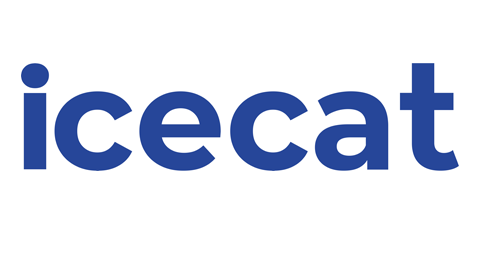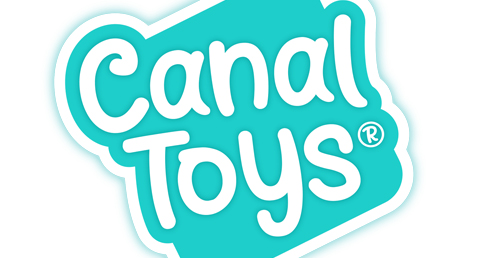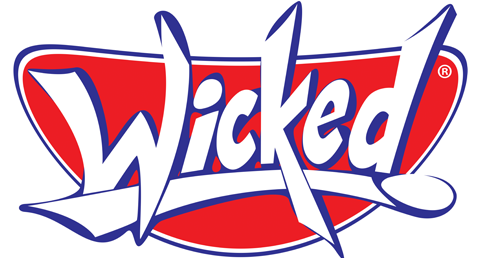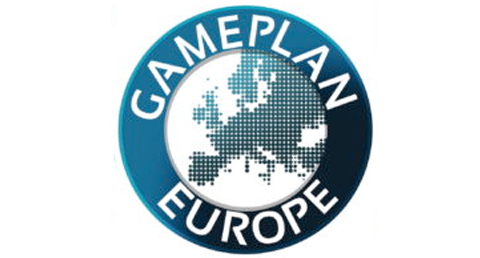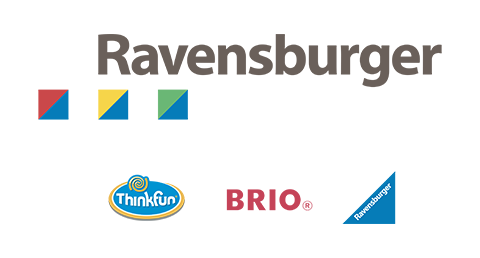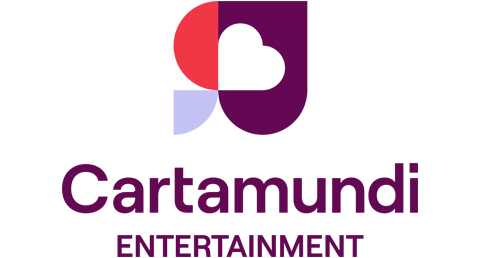It turns out that tech may not save us after all. Reported global sales of 6.5m units weren’t enough to save Anki from closing its doors this week, with the unfortunate loss of 200 jobs, not to mention an awful lot of units rendered obsolete overnight. While not a toy company per se, the AI / Robotics pioneer had chosen to focus on products which most consumers would probably classify as toys. Not wishing to seem wise after the event, the company’s demise nevertheless reinforces thoughts I have been harbouring for some time about the slight disconnect between the worlds of toys and tech. If you look at the hot toys in recent years – L.O.L., slime, putty, fidget spinners, collectibles etc – they are all resolutely devoid of any tech presence.
Of course, there are some fantastic opportunities presented by the tech category, as companies like VTech, WowWee, Spin Master, Character Options and many others have proved. However, connected play remains a minefield, and a tough category to get right. I don’t think it is any surprise that the aforementioned successful players are all toy companies integrating tech into their product development plans, rather than tech companies trying to develop toys. For starters, toy companies understand the critical relationship between price points and features; Anki’s Cozmo may have been feature rich, but at £170, was it really worth five times more than Boxer or Really Rad Robots? And even if it was, how many parents were willing to invest that sum of money in a luxury purchase that could be construed as a fleeting novelty or one trick pony.
In recent years, Anki seemed to increasingly relish its outsider status, shunning traditional toy marketing and communication channels such as Toy Fair and the trade press – its focus didn’t seem to be on putting down roots within the toy community. Furthermore, a large percentage of Anki’s sales went through Amazon – which clearly hasn’t been enough to keep it afloat. Make of that what you will. Ultimately, it is always sad when a company fails, and Anki certainly made waves during its brief moment in the sun. But ultimately, its closure serves to emphasise the importance of having a long-term sustainable business model; it doesn’t matter how much money you initially raise if you burn through it without establishing a solid foundation (and Anki blew through $200m in double quick time). It is all very well being a disruptor with a huge valuation on paper, but the old adage ‘turnover is vanity, profit is sanity’ is never wrong.
Naturally, the same is true in the retail arena. Sainsbury’s Q4 results were unveiled this week, with the retailer posting a 0.9% drop over the quarter and a 1.1% drop over the Christmas period. As well as the decline in sales, profits dropped from £409m the previous year to £239m. Of course, readers of this column are not interested in how many turkeys or cans of beans Sainsbury’s sold, and the results don’t even delineate the food and non-food numbers, yet alone offer performance details for individual product categories. However, amidst all the negative press that Sainsbury’s has received since the Asda merger fell through, a £239m profit is not exactly shabby, and maybe now Mike Coupe and the board can focus their energy on improving the operation – which will hopefully benefit the toy aisles in the process.
I was intrigued by a LinkedIn post from Tony Brown, Beales CEO, which said: “28 councils give Debenhams a 50% reduction in business rates, 51 landlords give rent reductions of up to 50%. Check out your councils and landlords and ask for the same treatment.” The post raises a very fair point and highlights the danger of creating a precedent: it is almost giving retailers the incentive to enter a CVA, without which they could find themselves at a competitive disadvantage. CVAs are rather like holding a gun to the head of councils and landlords, and it seems to me that the current system penalises retailers who are not prepared to resort to such drastic measures. I especially question whether it is fair that some retailers who enter a CVA arguably aren’t even in genuine financial straits, but just want to reduce their rent and rate bill. I sense that landlords and councils are going to have to draw a line at some point, or they are going to have a very long queue outside their door.
It was great to catch up with everyone at the Independent Toy & Gift show on Monday. I thought the show seemed busier this year, an observation borne out by Miles Penhallow, who told me that they had their highest level of pre-registrations ever. I also saw plenty of non-AIS members, a sign that the show is expanding beyond its traditional base. For those who like to be organised, I am told that next year’s event will revert to the Tuesday / Wednesday format, although I have to say that the slight shift in dates certainly didn’t do the show any harm this year.
It is also encouraging to hear that the London Toy Fair looks like it is going to be a sell-out again next year, having reported a strong re-booking rate which is ahead of this time last year. It’s nice to see companies having the confidence to make firm commitments, despite the uncertainty we’re all facing. To be fair, we’re experiencing much the same thing; the vast majority of companies we deal with are very much keeping calm and carrying on. As in the case of Anki, a sudden withdrawal of presence from the trade press is rarely a sign of a healthy company.
Elsewhere this week, former Leapfrog and Vivid executive Tony Hicks has joined Sambro as CEO, while the May issue of Toy World landed on desks with a reassuringly hefty thud (a big thanks to those companies who are keeping calm and carrying on supporting us). You can read the digital version of the May issue here, and the Licensing World supplement which accompanied it here.
Have a great Bank Holiday, although sadly my weather app is predicting a lot of rain over the coming days – after a bumper Easter for outdoor toy suppliers, it looks like the next week or so will belong to purveyors of art & craft lines, board games and other indoor pursuits.




